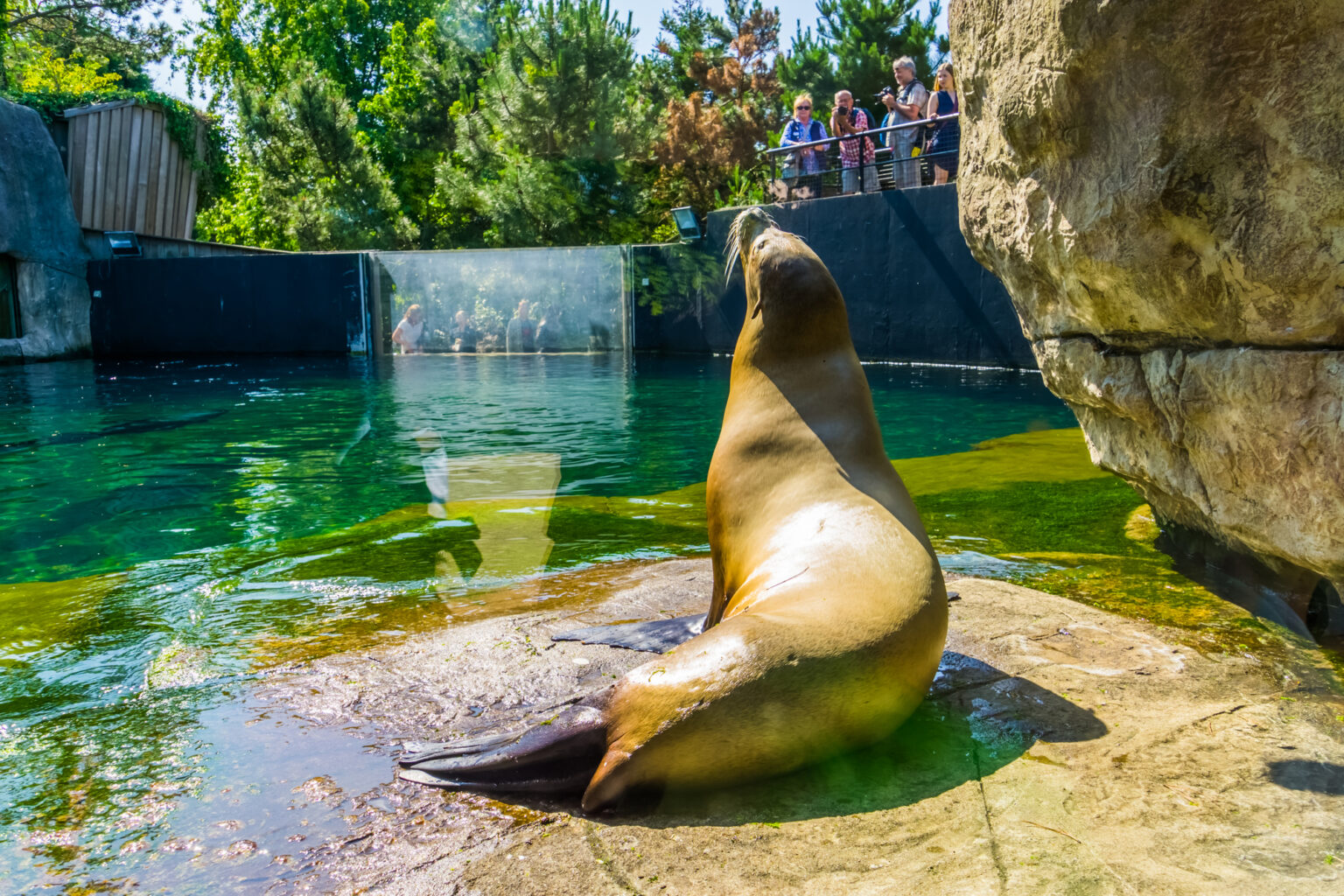Urban Wildlife Sanctuaries: A Surprising Success
In the heart of Rotterdam, a city known for its modern architecture and bustling port, wildlife sanctuaries have emerged as unexpected havens for biodiversity. These sanctuaries, nestled among the city's concrete structures, provide crucial habitats for various species, from birds to small mammals.
The Transformation of Dakpark

Dakpark, a unique urban park built atop a shopping center, exemplifies this transformation. Spanning over 1,200 meters, it offers a green corridor for wildlife. The park's design includes native plant species that attract pollinators like bees and butterflies, while its ponds support amphibians and aquatic birds. This integration of nature into urban planning has made Dakpark a model for other cities.

Vroege Vogels: A Birdwatcher's Paradise

Vroege Vogels, located in the northern part of Rotterdam, is a sanctuary specifically designed for birdwatching. It features observation huts and strategically placed feeding stations. The sanctuary attracts migratory birds such as the Eurasian spoonbill and the black-tailed godwit, providing them with a safe resting place during their long journeys.
The Role of Community Involvement
Community involvement has been pivotal in the success of these sanctuaries. Local volunteers participate in habitat restoration projects and educational programs, fostering a sense of stewardship. These efforts not only enhance the sanctuaries but also raise awareness about urban biodiversity.
Challenges and Future Prospects
Despite their success, these sanctuaries face challenges such as pollution and urban encroachment. However, ongoing conservation efforts and innovative urban planning continue to support their growth. The success of Rotterdam's wildlife sanctuaries offers a blueprint for integrating nature into urban environments worldwide.










